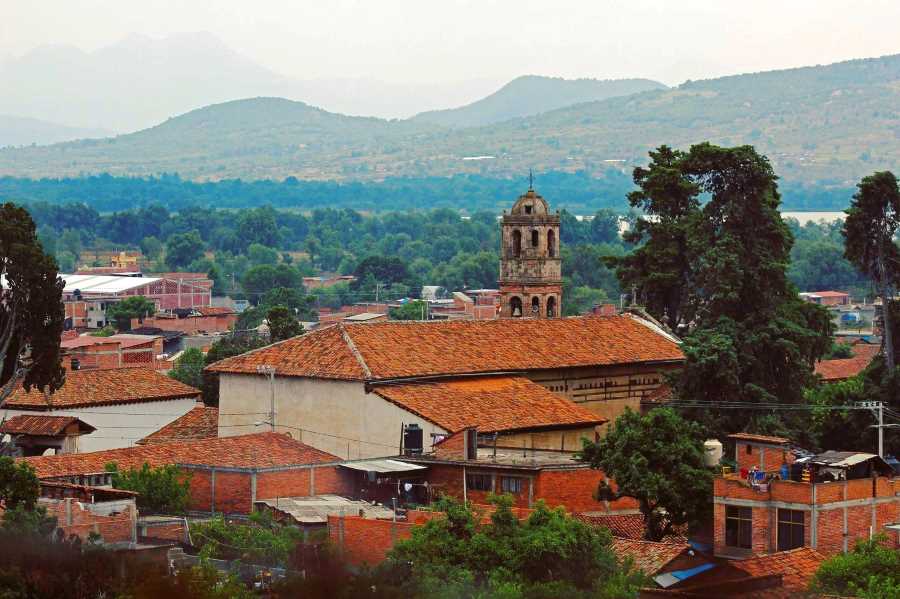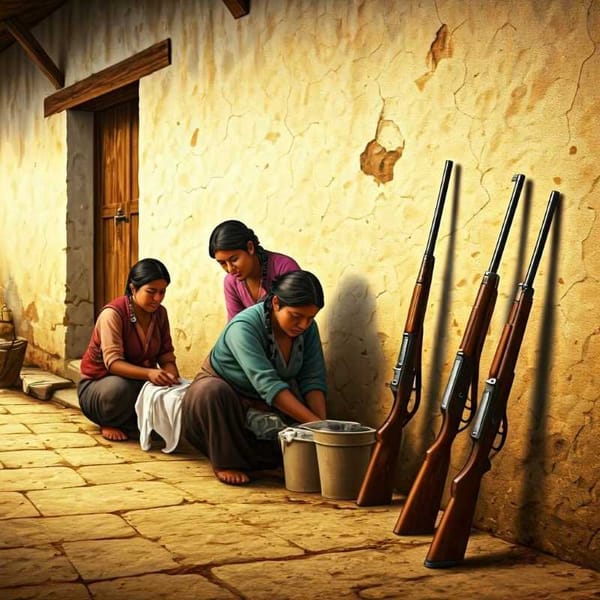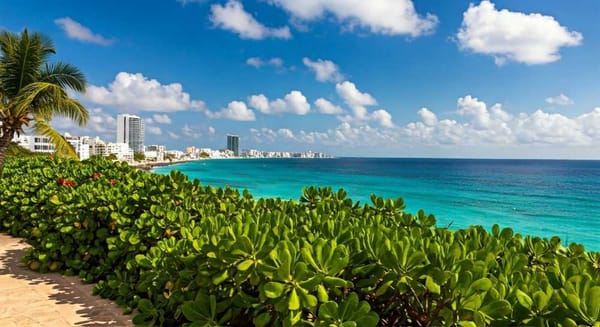Power of Crafting Tourist Hotspots with Cinematic Magic
Cinema wields a significant influence on local tourism. Research reveals that film productions can boost tourism, but often due to the movies' representations rather than authentic culture. While films have driven tourism, there's a need to balance cinematic allure with genuine cultural experiences.

When we think of cinema, images of action, romance, and drama might flood our minds. But there's another significant influence cinema wields, often away from the limelight: its impact on local tourism.
Cinema and Tourism
Ilia Alvarado Sizzo, an esteemed researcher at the Institute of Geography of UNAM, has delved deep into this connection. Through her studies, she discovered that film productions can markedly boost tourism in particular regions. However, this comes with an intriguing twist. Visitors are frequently attracted to these sites more due to the emblematic representations in movies than the authentic local culture.
Indeed, the powerful visuals of cinema, combined with photographs, social media portrayals, and other forms of media, have a profound effect on our wanderlust. Mexican territory, with its breathtaking landscapes and rich cultural tapestry, has long served as a favorite for both local and foreign filmmakers. These film representations shape the perception of Mexico as a desirable tourist hotspot.
Fiction vs. Reality
Take the James Bond film “Spectre” for instance. Its portrayal of the Day of the Dead, while strikingly vivid, was a fictionalized account. Yet, the cinematic representation was so compelling that Mexico City started hosting a tourist festival based on the movie's depiction.
Disney-Pixar's “Coco” offers another example. The enchanting narrative positioned Santa Fe de la Laguna as the real-life inspiration for the story. Result? An influx of tourists, not drawn by the town's historical richness, but by the allure of meeting the “real Mamá Coco”. Such cinematic influences can lead to a staggering boost in tourism. Post “Coco”, Michoacán witnessed an impressive 22% rise in tourists.
While the economic gains from such boosts cannot be ignored, Sizzo also highlights the inherent risks. The search for fictional settings and characters can reshape local dynamics and sometimes overshadow genuine cultural experiences.

The Balancing Act
A positive manifestation of cinema's influence can be seen in Real de Catorce. Once a bustling mining town, it turned into an almost ghostly vestige by the 20th century's close. Enter Hollywood, with the blockbuster “The Mexican” starring Julia Roberts and Brad Pitt. The film single-handedly transformed the town's fortune, catapulting it into the “Magic Town” status. Tourist numbers surged from a modest 13,000 in 2000 to an impressive 60,000 by 2010.
Such tales, however, come with a cautionary note. While “film tourism” can invigorate local economies, there's the risk of a place becoming merely a cinematic stage, losing its original essence. Yet, if managed wisely, it offers locals an opportunity to merge cinematic allure with authentic cultural experiences.
The success stories are numerous – Xochimilco's trajinera boat rides, immortalized by “Maria Candelaria”; Puerto Vallarta's surge in popularity post “The Night of the Iguana”; and Lake Patzcuaro's appeal as the go-to destination for the Day of the Dead celebration after “Maclovia”.
An Academic Dive
For those keen on exploring this cinema-tourism nexus further, Alvarado Sizzo has something special lined up: The IV Colloquium on Tourism, Cinema, and Territory. Scheduled for November 7 and 8 in Taxco, Guerrero, this event promises enriching insights into the interplay between film productions and tourism, underpinned by geographical perspectives.
Together with the Faculty of Arts and Design of the UNAM and the University of Brasília, Brazil, the colloquium welcomes submissions in Spanish, Portuguese, and English. Interested contributors can find further details on the call for papers [here](https://www.geografia.unam.mx/geoigg/pdf/ConvocatoriaColoquio 2023.pdf).
In conclusion, cinema's role in shaping tourist landscapes is undeniable. The challenge and opportunity lie in harmonizing the world of fiction with the beauty of reality.




